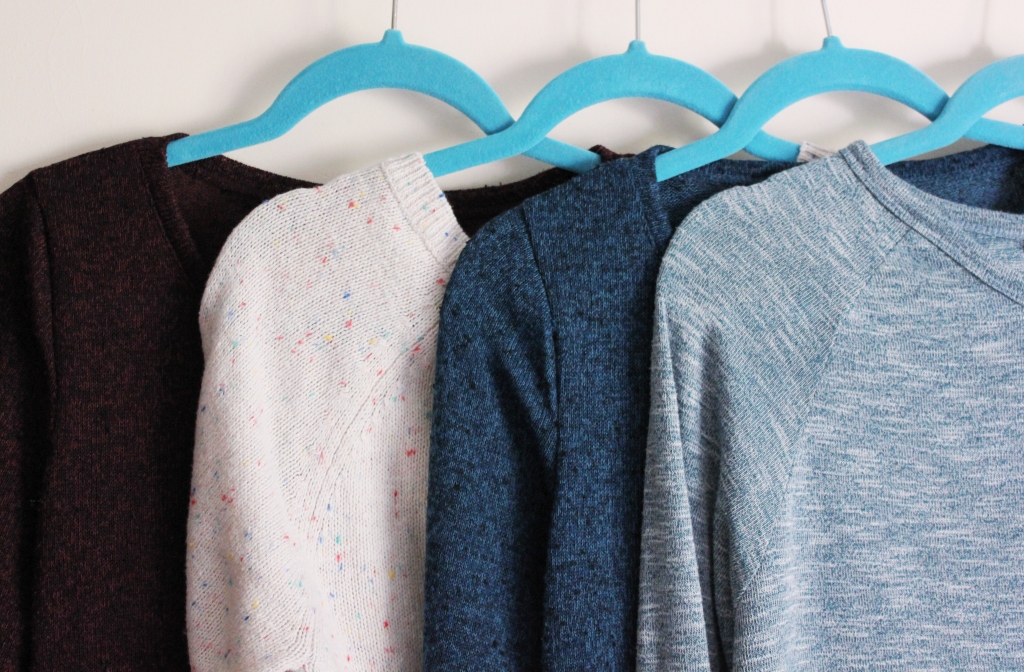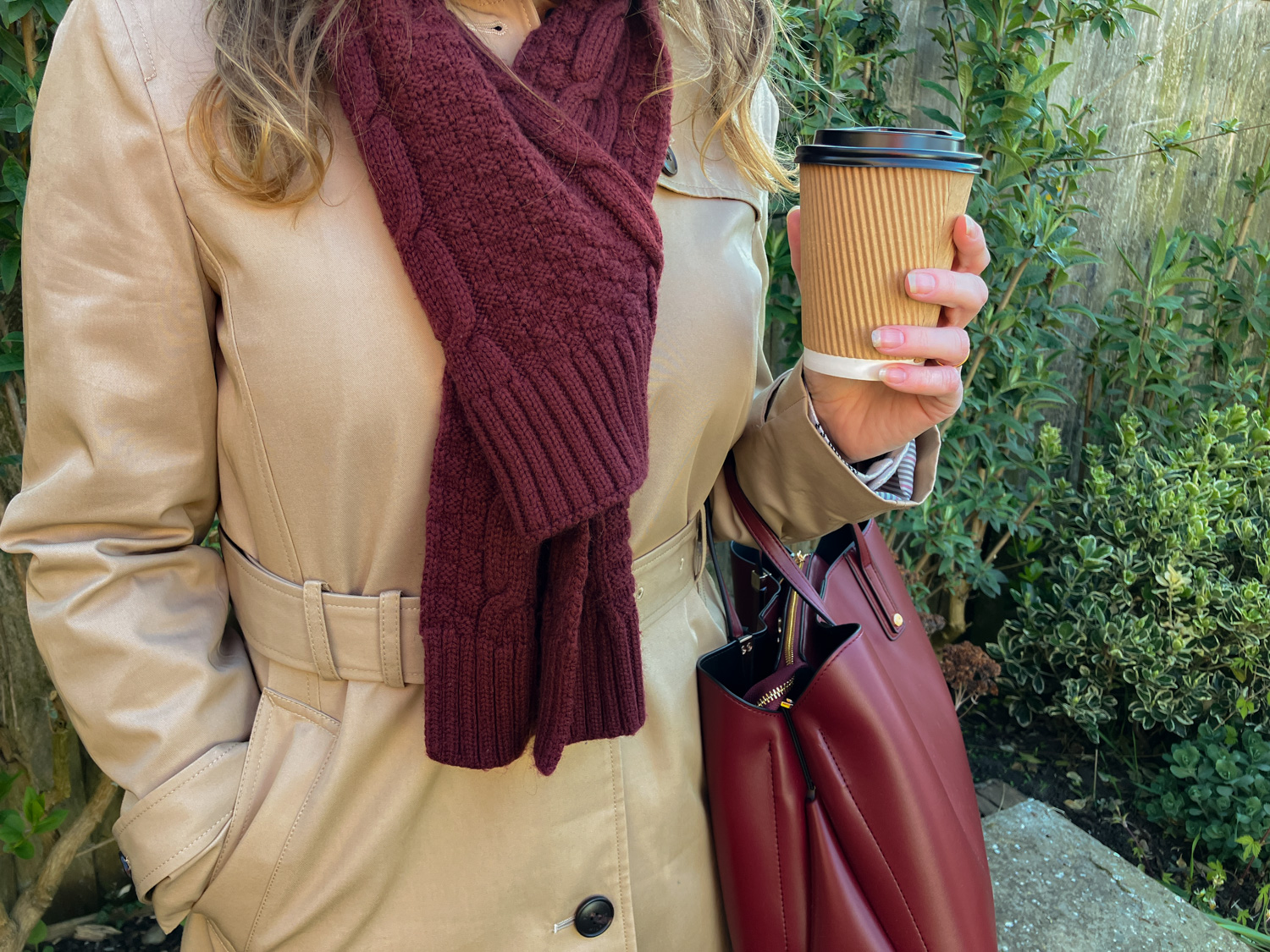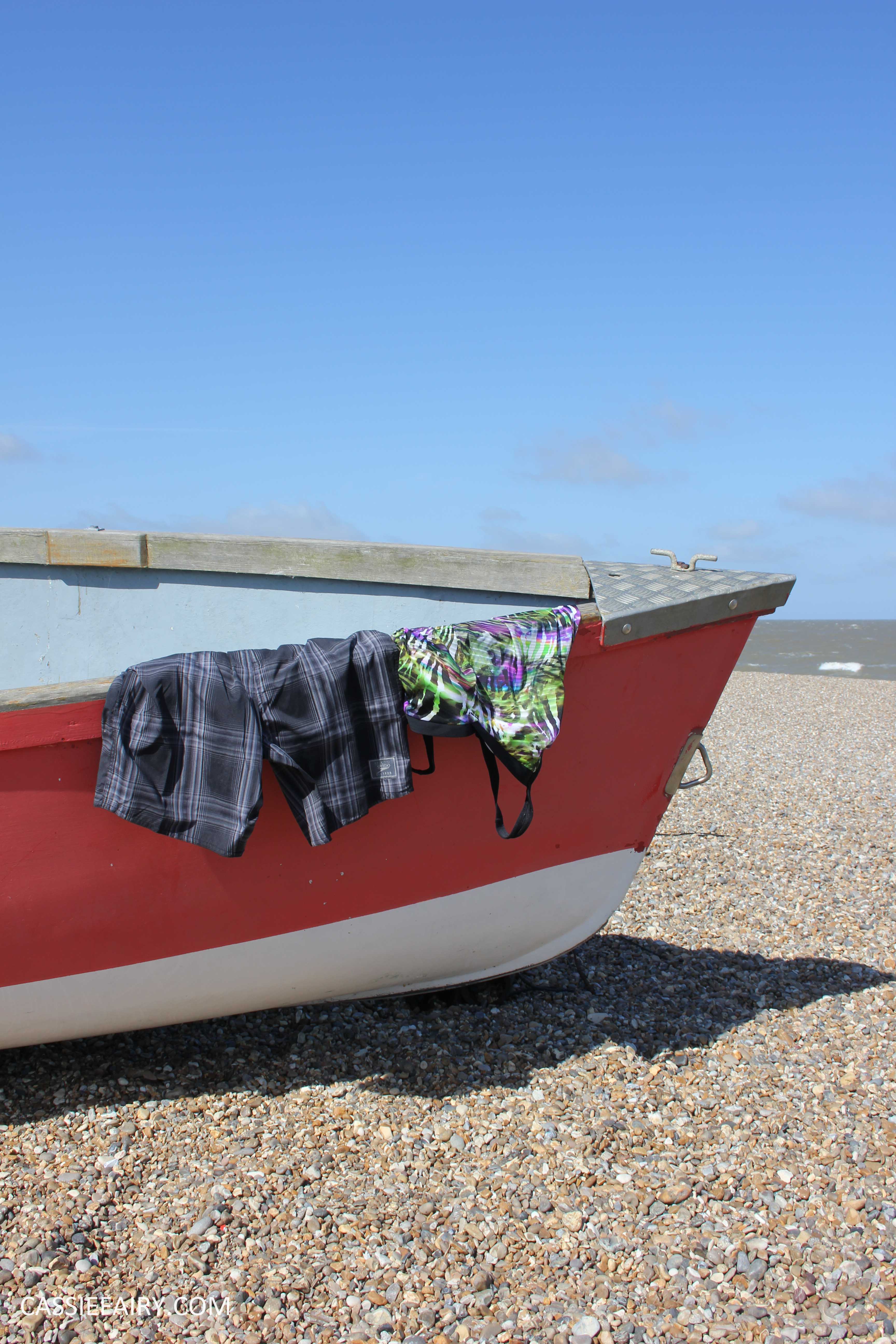It’s time to bundle up for winter but first use your head about what’s covering your head. All winter gear isn’t created equally. Here is what you need to know to help you stay snug and warm this winter. Whether you want to keep warm during casual trips to shops, while exercising outdoors, or are addressing a special need like hats for thinning hair, here is what you need to know to keep warm and cosy this winter.
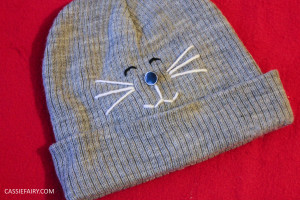
Fit for winter
Headwear can make a huge difference in keeping warm during the winter. Even if you are simply dashing between your car and the store or from one heating building to another, staying warm is important. Even indoors drafts and irregular heating can make it important to keep your head warm. A large portion of your body heat can be lost through your head.
If you’ll be outside in the cold for more than a few minutes, it’s important that your headwear covers your ears. Ears are thin but have a relatively large surface area. This increases the risk of heat loss and even frostbite.
If you’ll be enjoying outdoor sports this winter, it is important to get the appropriate headwear. Hats for running, hiking, and skiing and other outdoor sports need to combine comfort, fit, warmth, and an ability to handle sweat. Choose a longer style hat that will cover your forehead and ears without riding up as you run. You want to make sure the headwear is snug enough to stay in place while you exercise without being too tight or creeping out of place. If you’ll be out in extreme conditions, consider wearing a balaclava. This style of knit cap covers most of the face and neck as well as the head. It can even be worn under a hat or beanie for added warmth.
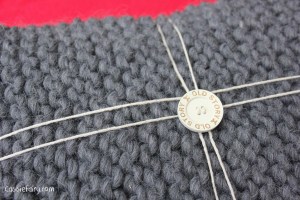
Materials matter
Wool can provide excellent warmth and can be one of the toastiest fabrics while still allowing moisture to wick away from your skin. Wood generally requires special care like hand-washing. It isn’t as stretchy as acrylic so having the correct size is more important.
Many people experience skin reactions to wool. People may not have a reaction to wearing woollen clothing at work but develop skin irritation while wearing wool headwear. This could be because headwear combines a tighter fit and more skin contact, which can make an allergic reaction more likely. Exercising in wool may increase this risk of skin irritation. If wool is an issue with you, a wool blend might still work. Keep in mind that finer wool is less likely to cause irritation than a rougher weave.
Acrylic fabrics are manmade and typically a less expensive option. Commonly found in knit beanies, acrylics are washable and stretchy. This can make them easy to wear and care for after your workout. Typically, acrylic can work well in moderate conditions but does not retain warmth as well as some other fabrics.
Fleece is a great option for the winter. Typically, fleece is easy to care for and can be throw in the washing machine with other clothing items. Fleece is made from cotton and/or synthetic polyester. This soft material feels nice against the skin and provides good warmth. The synthetic polar fleeces provide more warmth than the 100% cotton varieties. The ability to wash the hat is important if you plan to wear it while exercising or know you tend to sweat. Frequent washing of your headwear can prevent the fabric from developing an odour. Keep in mind that fleece is warm but not always effective in blocking the wind. Hats that combine fleece with a thermal lining or outer wind-proof layer can keep you warmer, in windy conditions. A waterproof outer layer is a good choice if snow or cold rain is expected. Pick a fabric that combines breathability with the waterproof layer.
Stay closer together
Keep in mind that open knits won’t keep you as warm as something with a tight weave. To address this, check to see if there is an inner lining to help keep warmth in and prevent the wind from penetrating the fabric. The lining might be of different materials like a thermal fabric or a waterproof layer with a cosy cotton or other natural fabric. Many fabrics are themselves a combination of more than one type of fabric. These fabrics endeavour to combine the benefits of each material into a single fabric.
Indoor & outdoor
If you plan to only wear the head covering outside, shopping is easier. Selecting the right headwear is more of a challenge if it needs to work well both inside and out. Breathable fabrics are a must so that the headwear isn’t too hot when worn inside.
Don’t forget, hat hair can await you once you remove your headwear. If you are wearing a hat while working out and plan to immediately shower, this is not a concern. Otherwise, it’s usually best to pick a headwear fashion that can easily stay on and be appropriate for the occasion. There are many stylish winter hat options available. From casual looks like ball caps to stylish berets, bowlers, and cloche hats. Turbans and berets can be perfect for eveningwear or any dressier event.
For more versatile looks, don’t forget style. That beanie might be perfect for your morning walk but out of place at work or during a night out. Fortunately, there are many great styles of hats, turbans, and scarfs that combine warmth and fashion. Scarfs while not typically as warm as turbans and hats do offer great versatility and you can tie a scarf in a variety of ways to add a touch of style.
Reminder, no matter what your style or activity, there are great headwear options that will work for you. Be sure to experiment with a few types of fabrics, styles of headwear, and designs until you find a few that work well for you. These are small investments to help ensure that you spend the winter comfortable, stylish, and healthy.
This article is a sponsored collaboration. The pink links in the content indicate a sponsored link or information source. The blog post reflects my own experience and the sponsor hasn’t had any control over my content 🙂


















